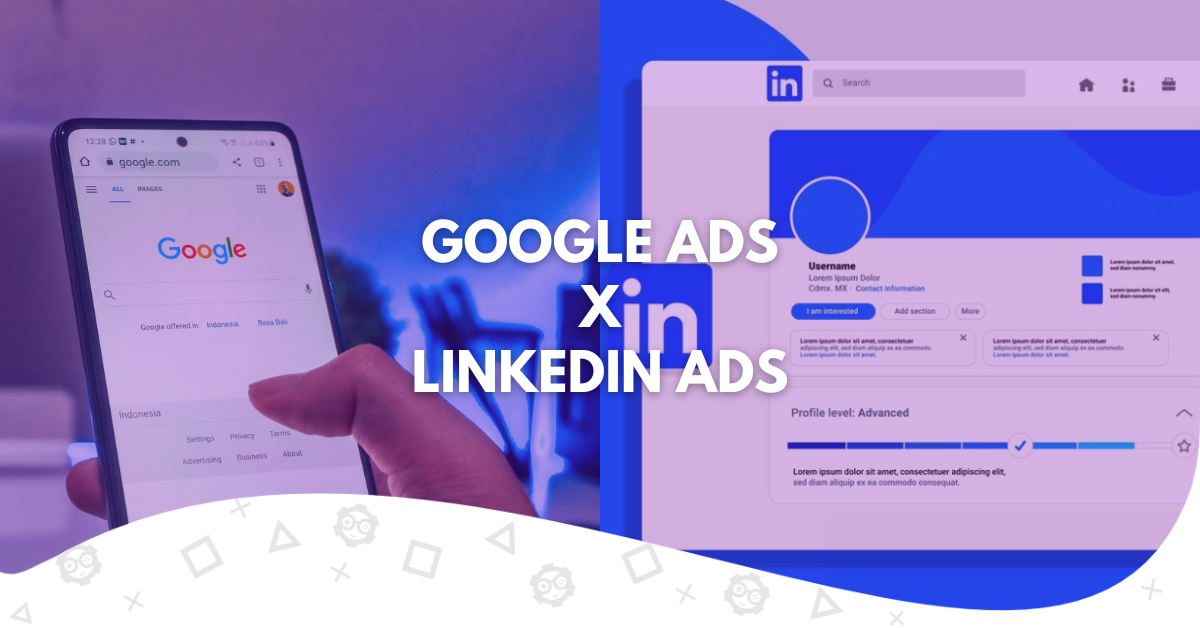In this digital age – digital marketing is everything. And – both Google’s and LinkedIn ads’ audiences are among the most sought-after in the whole advertising landscape. Comparing Google Ads and LinkedIn seems like an exciting idea that we would like to delve deeper into.
We’ll discuss both LinkedIn and Google partner websites, the different ad types those platforms provide you with, and their pricing to decide the best-paid ad platform. Whether it’s LinkedIn that, unlike Google Ads, is more B2B oriented and professional.
With the message ads as one of their formats and excellent conversion rates, or will it be the audience Google Ads can provide you with, with billions of people using it every day? Let’s spoil it a bit and say it will all depend, but just for comparison, we will put those two giants together and see what can come up.
his article is a segment of a more extensive piece about Google Ads vs Social Media Ads.
Audience
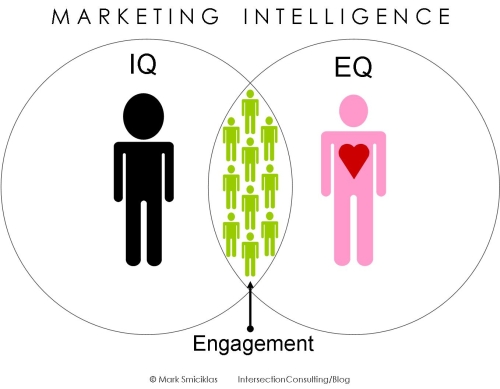
So, let’s look first at the audience that both platforms provide you with. As you know, LinkedIn and Google are extremely popular, with billions of people (yes – billions!) using them in their everyday lives. So, what kind of audiences can you expect to get from both of those platforms?
LinkedIn Ads
Let’s start with LinkedIn. Here, you have a more professional crowd. With Google – you get everyone. There are 8.5 billion searches daily, so you can imagine there’s much to weed through. LinkedIn, on the other hand, is more precise with its audience. You have professionals, B2B companies, and plenty of business opportunities here. The best thing about LinkedIn Ads is its audience, as you can be sure you will find decision-makers there.
Google Ads
On the other front, we have Google, with its massive audience of potential partners, and almost 4.4 billion users worldwide. Here, you can be sure that you will find basically anyone. Google is a global giant, so getting to the right people is more accessible than anything else. Nevertheless, as with giant crowds, you need to make more effort into weeding through all of this, which can take time and money. Huge crowds have their ups and downs, but the opportunity to reach them cannot be underestimated.
Targeting
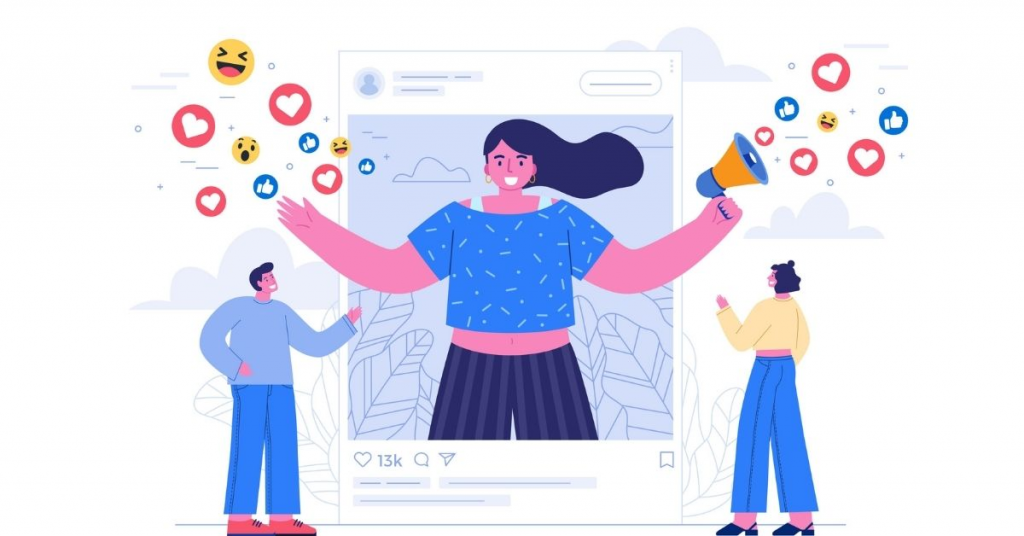
Next, let’s take a look at targeting. This is what’s the most important, after all. While you can have a jar full of people, if you can’t find the right one, you may just come across people who are highly uninterested in what you are offering. So, to find more advanced techniques – you need some targeting. Let’s see how both platforms are doing in that regard.
LinkedIn Ads
Let’s start with LinkedIn ads. Here, you can target based on advanced attributes that the users volunteer, such as their job title, industry, position in the company, and so on. It’s great for B2B targeting and provides you with some quality regarding the advertising platform you are willing to work on.
Additionally, you have plenty of demographic information on LinkedIn, as people are providing their whole CVs there. So, you get to target specific genders, locations, education, and backgrounds.
The big thing about LinkedIn is that it’s built with an orientation on the job market. That’s why you can target even the particular skills of individuals willing to put their profiles out there to browse through.
Google Ads
On the other hand, we have Google Ads, where targeting is massive but for a larger population. Here, you don’t have the specified group of career-oriented people but rather – the whole world of customers you can advertise to. You can select specific keywords they search for, target their location, devices, browsing behavior, and more.
Additionally, thanks to the Google Display Network, you can utilize the retargeting options, where, after visiting the site, the ad will follow the user to the websites in the network and even YouTube videos. Google Ads offers a giant platform with a Search Engine Results Page on top of it.
Difference
You can efficiently utilize both ad platforms as they are great at their work. LinkedIn Ads offer something more professional and individual-oriented, while Google actually and almost literally speaks to the masses. So, if you need to get some B2B contracts from the decision-making people in a particular industry – LinkedIn is your platform.
But, if you want to promote some specific products or services – take a closer look at what Google search results can offer you in the form of ad campaigns. The main point is that different elements are suitable for various reasons. It’s essential to keep that in mind.
Display Networks

Next up, let’s see where both of those platforms are when it comes to their ad networks. Whether or not they can go out of their leading site or are they trying to focus more on their users.
Like most social networks (and it is a social network at the core), LinkedIn usually doesn’t like people leaving it. This means that if you are not advertising there, they don’t have any alternative option for you. Of course, this means they are more focused on what they offer, but no display networks like Google.
Conversely, we have Google with a broad Display Network with plenty of websites in circulation. You have many options to choose from:
- YouTube Network
- Search Network
- Display Network
- AdSense Network
All of those can work to your benefit with billions of users across these platforms. It allows excellent targeting and retargeting opportunities, following the users where they’re at during their entertainment time, fun activities, and much more!
Difference
So, if you are oriented on the network those sites provide you with, go with Google. You will get the opportunity to have your ad next to the search results and other platforms where your potential customers can reside. It’s a great opportunity, with lots of possibilities.
LinkedIn does not have a networking aspect; they focus solely on perfecting the advertisement among their user base. It does not mean it’s worse for some purposes you may be searching for; it’s just different.
Reach

Another big thing about choosing the right platform for your advertisement is the reach you can count on. Both platforms are massively popular, with Google being on top, but LinkedIn is falling behind on specific audiences. So, what can we say about the reach of both platforms?
LinkedIn Ads
Starting with LinkedIn. Currently, it has almost one billion users worldwide, all of them – high-value professionals who are seeking new opportunities. Sometimes, they’re looking for a job; sometimes, they just connect with other people in the industry; occasionally, they target some B2B companies to get involved with.
There are plenty of ways to use it to your benefit, as you will find someone suited for your ad among these one billion users. Additionally, plenty of people from niche industries would be more than happy to see some business opportunities.
Google Ads
On the other hand, we have the giant Google network with 8.5 billion daily searches. Indeed, everyone with a device connected to the internet probably uses Google for their examinations. This is an excellent opportunity for advertisers to promote their products on search networks and extend their reach to Google Display Network, YouTube, and other partnered sites. Google’s base seems to have no end whatsoever, so if you want to advertise anything, you will find customers there.
Difference
So, what’s the difference? LinkedIn has a much smaller yet still great reach but is highly specialized. You have people from a particular brand trying to do something there. So, the potential for conversions, especially those for B2B, is high.
On the other hand, we have Google Ads with its enormous reach, reaching billions of people each day. If you want to get to anyone, whoever it may be – you can count on Google. Nevertheless, it has its downs as well. With such a giant reach, there is a lot more competition to fight through and – a lot of potential for the ad fatigue people tend to have these days.
Your ad may also get lost in so many different places. So, whether you put more value in getting other channels or prefer to stick to one – it’s all up to what you need now in your advertising journey.
Analytics
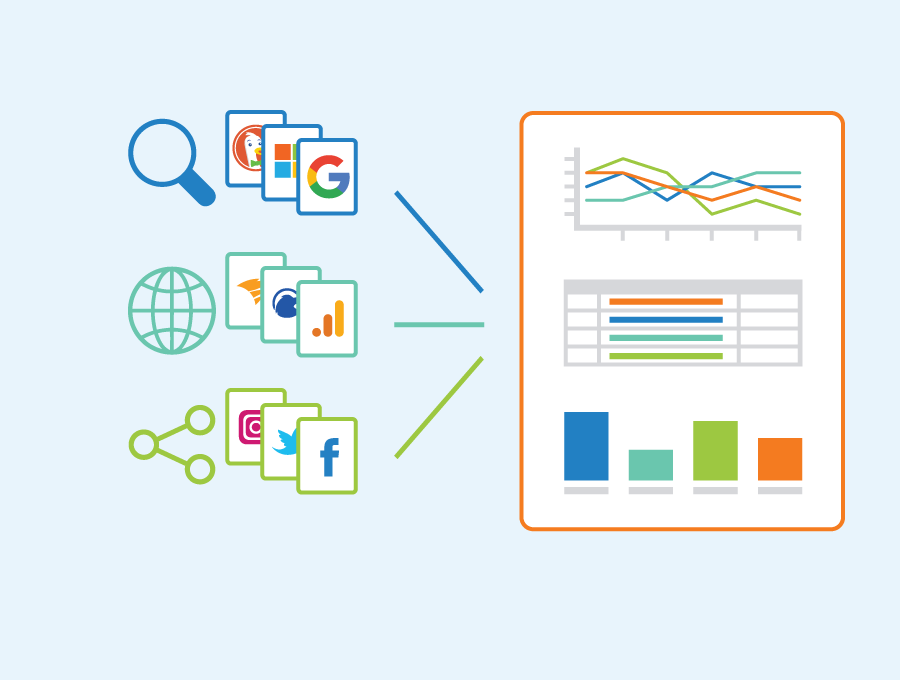
Next, we have the analytics section of our analysis. How you reach customers is one thing, but you also need to understand how and why. So, a good analytics tool is great for those purposes. LinkedIn and Google have some of the most advanced analytics tools on the market, giving you more control over what you are trying to accomplish.
On LinkedIn, you can use Campaign Manager Analytics to get some insight into your ad performance, as well as impressions, clicks, and other metrics you may be interested in. With a broad audience, there are several factors you can look for, with many businesses trying to find unique formats for their ads.
So, optimizing your search can be great if you want to reach potential customers for a reasonable price. You can also track conversions with this tool, allowing you to perform ROI analysis and optimize based on your learning.
On the other hand, we have Google Analytics with dozens of different tools to measure your performance and enhance your website traffic. You can even see the whole user journey, from getting onto your website, searching for something else on the Display Network, getting retargeted ads, and finally deciding on the purchase. Google’s tools are pretty advanced, so you can be sure their service will help you get leads. With a much broader reach, you need to utilize this platform to the fullest extent, so getting some analysis based on the search results can help.
Difference
The most significant difference between Google Ads and LinkedIn Ads when getting insight into user behavior is Google’s ability to get much deeper insights into how the user acts. LinkedIn ads focus more on the professionals’ engagement with the platform, while Google looks at them more holistically. Both are great when presenting you with some advanced data points; only Google makes it on a much deeper level.
Ad Formats

Next up, we have the ad formats! It’s one of the most interesting ones on our list, as those platforms differ significantly in the proposed formats of their ads. Whether it’s something LinkedIn or Google-specific, they have many different ways marketers and users can connect cost-effectively. It’s a service based on mutual interest, so getting potential leads is always related to how the platform operates. With that in mind, let’s see who has better formats – LinkedIn Ads vs Google Ads!
LinkedIn Ads
Let’s start with LinkedIn. Here, you have plenty of opportunities to advertise your product with refined targeting options. There are plenty of examples, but to keep it concise, we will go over the most important ones:
- Sponsored Posts – as with every social media platform, this one provides you with the possibility to promote your posts on the entire social media website; those ads usually appear in the LinkedIn feed of users as a post, image, carousel, video, or whatever else you have chosen;

- Message Ads – additionally, you can send ads straight to the users’ inboxes; with sponsored InMail ads, you can ask them to sign up for your newsletter and workshops or invite them to a conference; there are plenty of possibilities in that regard, and it’s an effective alternative to single image ads with static or interactive graphics; word only ads may not seem like a great idea these days, but with a LinkedIn base, it’s an incredibly effective tool to give your ads a human touch of a business opportunity;

- Text Ads – those are usually displayed on the sidebar of a LinkedIn feed; it’s a headline with some description and an image to match it all; it’s pretty useful when it comes to promoting a product or service;
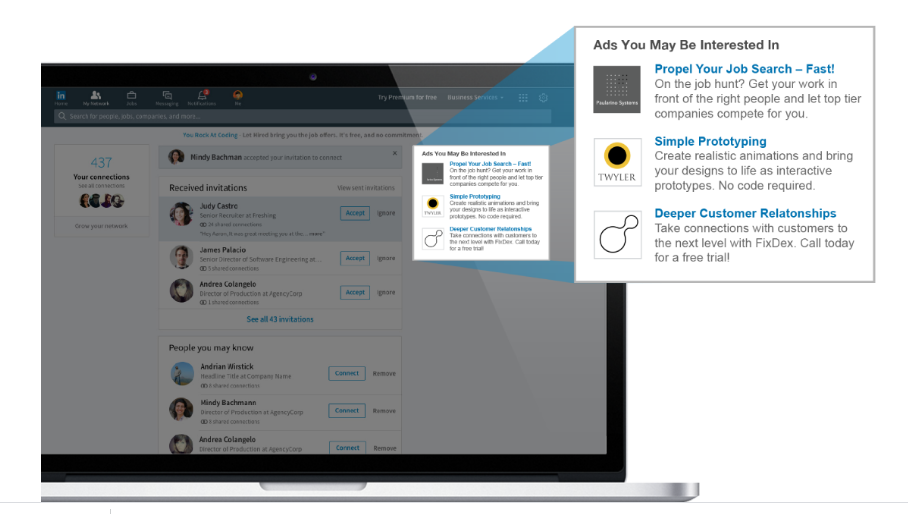
- Dynamic Ads – these are usually used to create highly personalized experiences for the users, utilizing their profile info; that way, the ad will address them with their name and mention their occupation or interests to better familiarize the potential user with ad itself;

- Conversation Ads – finally, we have the ads that encourage conversations; there are multiple questions within the ad, CTAs that are full of exciting topics; those can advance the discussion over the issue you’re interested in promoting;
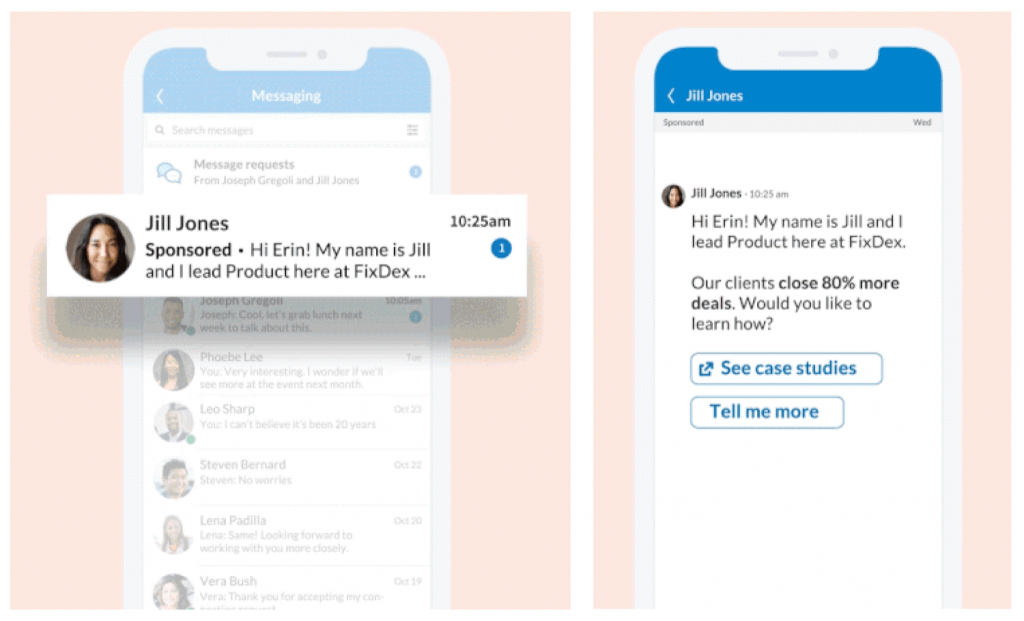
Google Ads
Of course, Google Ads is also keen on creating the best ad formats ever, with dozens of ways you can promote your products and services. Similarly to the example before, we will go over the most critical parts of it, as we are all about keeping it concise and precise. Let’s dive in!
- Search Ads – probably the most important ones on this list; ads will appear next to Google’s search engine results pages when different keywords are typed into them. It’s highly effective when trying to sell products, as Google will show your particular solution next to the specific search that users are making;
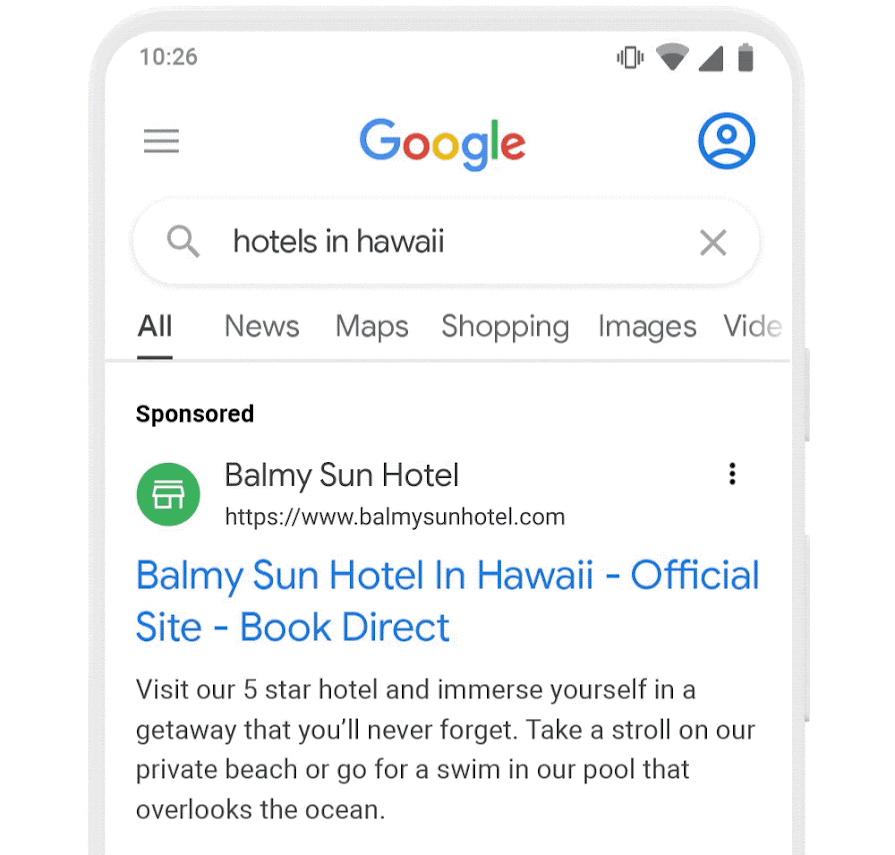
- Display Ads – those are the ones we have mentioned before in this article, as part of the global Google Display Network; you can find those across many websites in the Google Display Network and various websites and apps that are a part of this partnership;
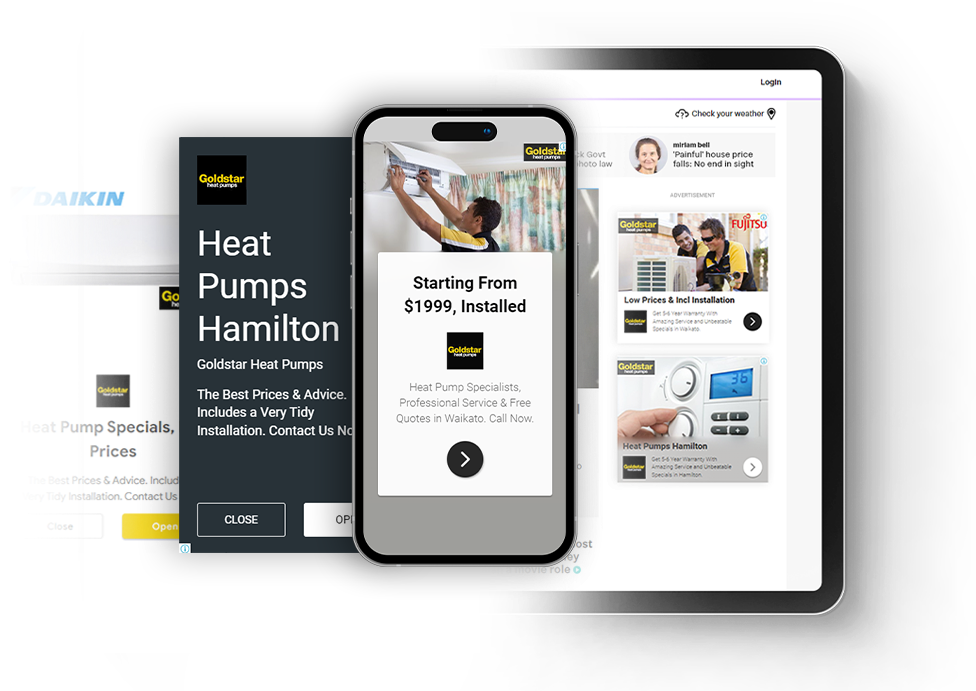
- Shopping Ads – those are the ads that will be shown in the form of an image and a price with a description; it’s great for e-commerce, as it allows you to present your product in a ready-to-buy format;
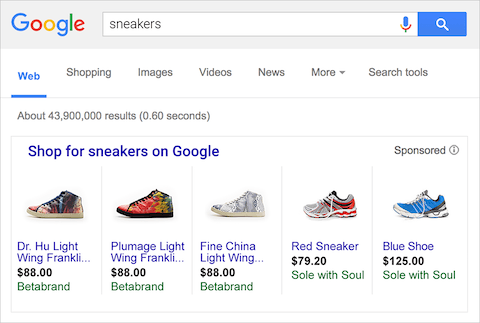
- Video Ads – this is the content being shown on YouTube in the form of skippable or non-skippable ads; thanks to YouTube being one of the most searched-for websites in the entire world, it’s pretty safe to say that it’s an excellent opportunity to advertise there;
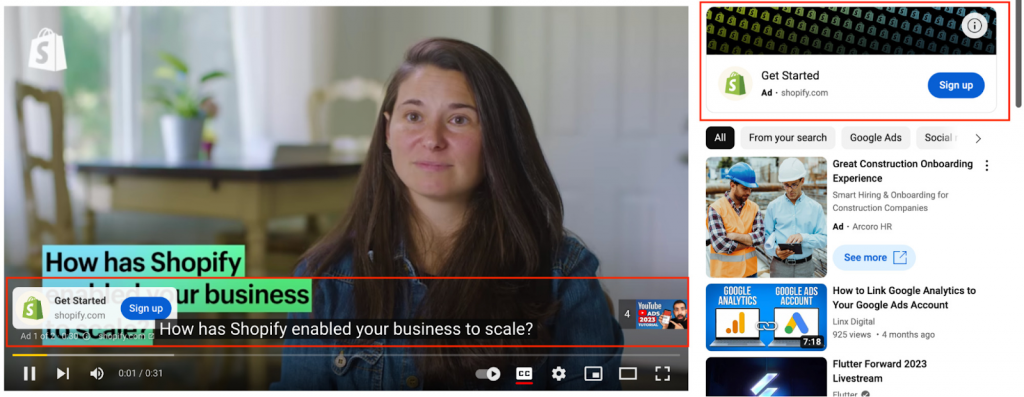
Pricing
It depends on the type of business you are running, the amount of people you are trying to reach, and the format you are proposing. As the Metrics Watch suggests, Google is usually cheaper than Linked Ads. For comparison, a 1$ per click in Google Ads is comparable to 5$ at LinkedIn. But, if you are looking for some B2B conversions, you may opt for LinkedIn, as it has higher conversion rates for this particular line of business.
Which One Is Better?
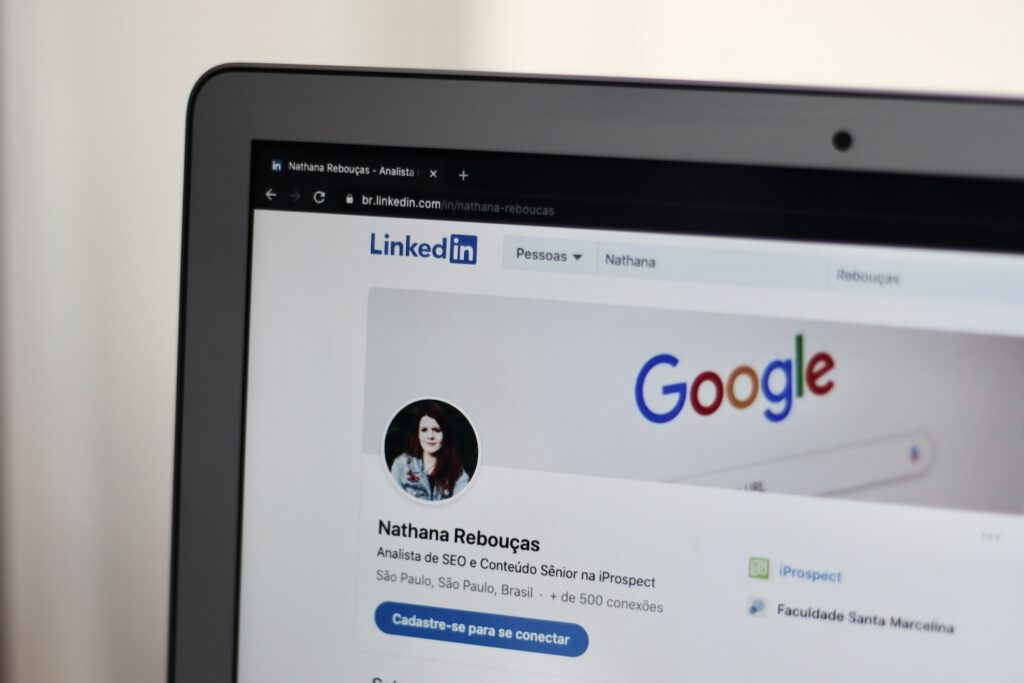
There is no single answer to that question. In some cases – you may be better off with Google Ads, especially if you are running an e-commerce business or trying to sell something online, like a service or a product. If you want to get some advanced B2B targeting and get professionals involved – go for LinkedIn ads. Both Google Ads and LinkedIn ads have plenty of fantastic ways to get your point across, so make sure you will utilize it to the fullest. Here are some examples of where each platform can benefit you the most.
Choose LinkedIn Ads For…
- B2B – LinkedIn is great when it comes to targeting specific professionals, businesses, and job roles; if you want to get a contract as a company, choose LinkedIn
- Audience Segmentation – if you are looking for some hyper-specific targeting options based on the demographics/job experience/job titles – you should invest your time and money in this platform;
- Networking – if it’s networking you are looking for – LinkedIn is great at getting professionals together;
Choose Google Ads If…
- Great Reach – if you want to access an incredible amount of people – choose Google; there is a wide range of users for you to attract with advanced targeting and retargeting options;
- E-commerce/Retail – Google is also great for e-commerce shops and retail, as it allows you to greatly increase your sales and promote your products online;
- Local/Global – additionally, if you want either global or local reach, you will surely benefit from getting familiar with Google’s user base; it has great localization targeting and can benefit your store for sure;
Consider Either When…
- Audience-Oriented Ads – if you are looking for a particular audience, both Google Ads and LinkedIn Ads can offer you a variety of possibilities; they differ, so it will all depend on who you’re trying to reach, who is your target audience;
- Particular Business – if you have a business that is operating in a very particular circumstance, you should do some research on where your particular audience is at; whether it’s LinkedIn or Google – it will all depend on what you are selling
- Objective – and, of course, it will all depend on what your objective is; whether you want a higher reach or a more professional audience – you will need to make that distinction by yourself, and – you should definitely try to get as much information on those particular websites as possible. We invite you to check out our site for more information on both of these platforms.
Read also the articles:
- Google Ads vs Facebook Ads,
- Google Ads vs Instagram Ads,
- Google Ads vs Tiktok Ads,
- Google Ads vs Twitter Ads.

A PPC specialist who started with organic social media. For several years, the core of his activities are:- Google Ads, Microsoft Ads, Meta Ads, TikTok Ads, Twitter Ads, Linkedin Ads. He has led campaigns with a global reach, e.g. for FootballTeam, G2A, ETOTO, as well as many smaller campaigns in the sports, construction and financial industries. Has full focus on ROAS. Privately, a fan of football, history of wars and Star Wars.

